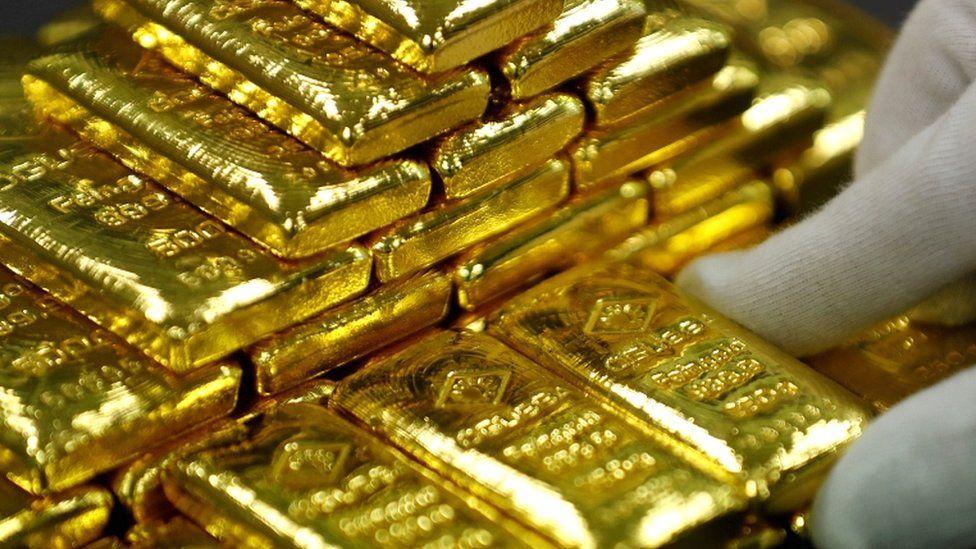Gold in varying degrees has been used as a means of exchange throughout history. For the majority of the 17th century through the 20th century, national governments created paper money that was based on the price of gold and served as a legal claim to actual gold. International trade was conducted with gold. As a result, nations required a gold reserve for political and economic reasons.
There is currently no government that requires all of its money to be backed by gold. However, governments continue to hold substantial bullion reserves as a safeguard against hyperinflation or other economic disasters. A large number of retail and institutional investors use gold as a hedge against inflation and recession.
The United States of America holds more gold reserves than any other nation, holding more than 8,100 tonnes. The government of the United States holds nearly as much gold as the next three largest gold-holding nations (Germany, Italy, and France) put together.
In 2018, Russia overtook China as the fifth-largest owner of gold.
As of March 2022, these five nations held the most gold:
States of America:8,133.5 tons.
At the height of the Bretton Woods system of international trade, when the United States promised to store and secure the gold of other nations in exchange for dollars, it was estimated that between 90% and 95% of the world's gold reserves were held in American vaults.
Germany:3,359.1 tons.
Germany stores its gold reserves at the Deutsche Bundesbank in Frankfurt am Main, the U.S. Federal Reserve Bank in New York, and the Bank of England in London.
3 Italy:2,451.8 tons Some people wanted the Italian government to sell some of its gold holdings to get money from the crisis in the eurozone, but they never did.
France:2,436.5 tons Charles de Gaulle, a former French president, called the United States' bluff and began legitimately exchanging dollars for gold from Fort Knox reserves, which contributed to the collapse of the Bretton Woods system. Even though he was aware that the fixed rate of $35 per ounce of gold was too low, Richard Nixon, the president at the time, was eventually forced to remove the United States from the gold standard, which meant that the dollar would no longer be automatically convertible into gold.
Russia:2,301.6 tons in 2018: Russia overtook China as the fifth-largest holder of the yellow metal. It was interpreted as an effort to diversify away from American interests for Russia to increase its gold reserves. Russia primarily sold Treasury bonds to acquire gold.
